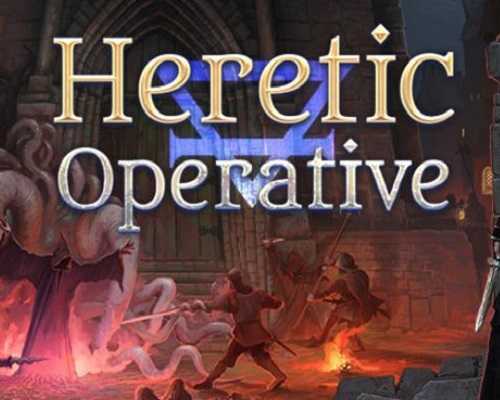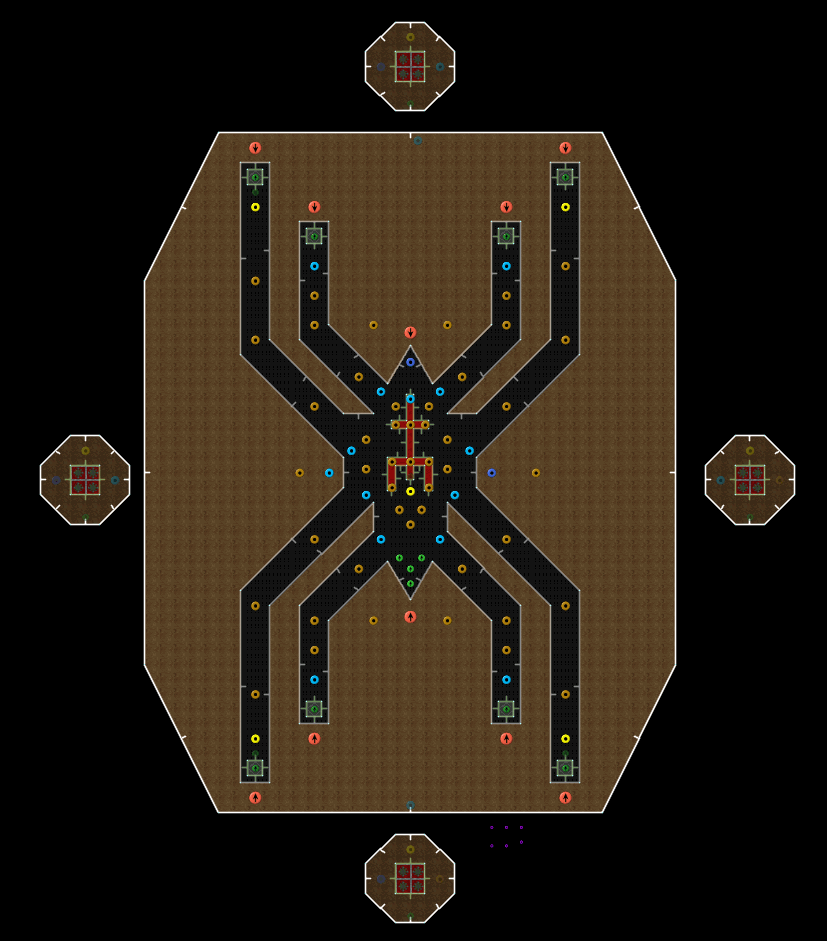
Using the powers granted them by Korax as well as the relics already in their possession, all of humanity quickly fell under their spell. In return for their allegiance, Zedek, Traductus, and Menelkir were rewarded by Korax with the dark gift of Unlife. Cold, calculating, and devoid of concern for anything but the advancement of their own status, these leaders were the first to fall under the sway of Korax, the second of the three Serpent Riders. These men are the ultimate embodiment of power on Cronos. Zedek, Marshal of the Legion Traductus, Grand Patriarch of the Church and Menelkir, Arch-Mage of the Arcanum. Together or separately, these three groups control every aspect of human life.Įach organization is led by a single man. The Church acts as a bridge and buffer between the Legion and Arcanum, using a mixture of magic and military training to maintain the balance of power while secretly furthering its own interests.

The Arcanum is the center of learning for all magical studies, and as such it determines who will or will not have access to its wealth of arcane secrets. The Legion represents human military strength, using brute force backed by magical weapons to impose a strict and inflexible order upon the populace. In an uneasy balance often threatened by petty squabbles and escalating power struggles, these three organizations share absolute dominion over all humanity. Within this strict order, three organizations maintain the fabric of human society: the Legion, the Arcanum, and the Church. Wielding magical powers and arcane artifacts, these men overshadow every other human force on Cronos, suppressing individual thought and action in the name of the greater good. From this harsh realization a disciplined and orderly society has developed, one where every citizen knows his place and where the vast majority of common men are held in thrall to a few ruthless, powerful leaders. Over the years, the humans have learned that while magic can be a powerful tool, it also has more destructive potential than any other force in their universe. One such dimension is Cronos, the world of Hexen: a human world, but one where the forces of magic are both stronger and more strictly controlled than those of the Elven world. His victory was hardly insignificant, but the other two Serpent Riders were far from idle and continued sowing the seeds of destruction in several other dimensions for a thousand years. Heretic chronicled the adventures of Corvus, a heroic Sidhe elf who challenged the forces of D'Sparil, the weakest of the three dimension-traveling Serpent Riders. Hexen was ported to the PlayStation, Sega Saturn, and Nintendo 64 consoles in 1997.

Heretic, Hexen, and its expansion pack were later included in a compilation called Towers of Darkness: Heretic, Hexen and Beyond in 1997. Hexen: Deathkings of the Dark Citadel, an expansion pack for Hexen, was released on January 1, 1996.

Hexen extended the Doom engine in many innovative ways: larger levels, some doors that opened three-dimensionally, pulsating lights, triggered sounds, and other features. Unlike previous games, which had relied purely on MIDI for music, Hexen could also play tracks from the game's audio CD. It also popularized the " hub system" of level progression in the genre of first-person shooter games and featured some architectural elements that could move horizontally or rotate. Hexen uses a modified version of the Doom engine, which (like in Heretic) allows the player to look up and down, network play with up to 8 players, and the choice of three character classes. The first Serpent Rider, D'Sparil, was the final boss of Heretic and the third, Eidolon, would later appear in Hexen II. The main goal of the game is the destruction of Korax, the second of a trio of demon brothers known as the Serpent Riders, who has taken over the world of Cronos. Hexen: Beyond Heretic (or simply Hexen) is a first-person shooter computer game developed by Raven Software, published by id Software, and distributed by GT Interactive beginning on October 30, 1995.


 0 kommentar(er)
0 kommentar(er)
